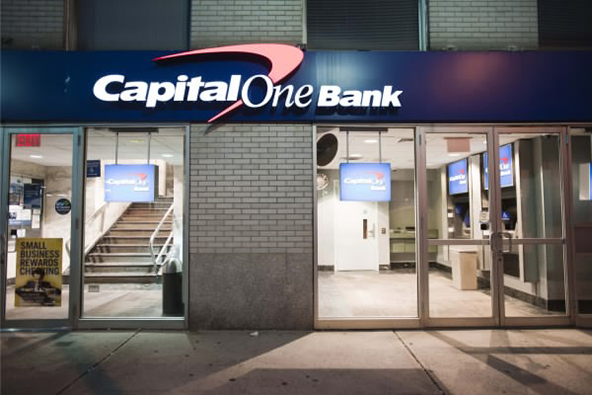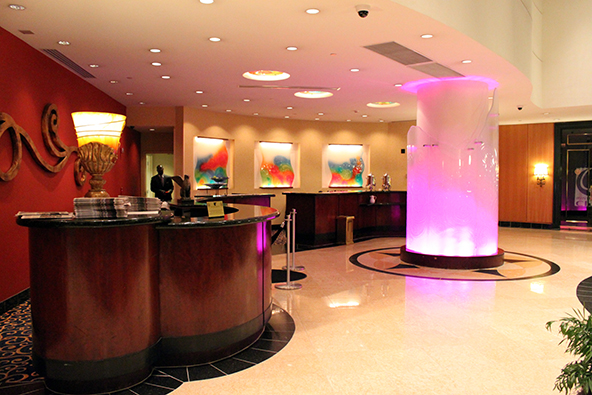How to Manage Chargebacks Resulting from Processing Counterfeit Transactions

Both Visa and MasterCard use special reason codes to designate chargebacks that result from processing counterfeit credit card transactions. Visa uses Reason Code 62 and its MasterCard equivalent is Reason Code 4862.
What causes these chargebacks? Chargeback Reason Codes 62 and 4862 are issued when a merchant fails to compare the first four digits of the embossed account number on the card with the pre-printed digits below the embossed number for a card-present transaction or receives an authorization without the transmission of the entire magnetic stripe. In particular, one of the following events occurs:
- The card issuer receives a written complaint from the cardholder stating that he or she was in possession of the card on the date of the transaction and that he or she did not authorize or participate in the transaction.
- The transaction is subsequently determined to be the result of counterfeit magnetic stripe fraud, and the entire unaltered contents of the magnetic stripe was not transmitted and not approved by the issuer.
How to handle chargebacks resulting from counterfeit transactions? Issuers can charge back transactions using Reason Codes 62 and 4862 within 120 days of the sales date. Your response will depend on the particular transaction circumstances and the actions you have taken (or not) so far:
- If both the card and the transaction were valid, a possible remedy would be to provide your processor a copy of the printed sales receipt.
- If the charged back transaction was counterfeit, there is no remedy and you should accept the chargeback. Do not process a credit at this time, as the chargeback has already performed this function.
- If you have issued a credit for the transaction at issue, provide your processing bank with evidence of the credit. At the very least, inform your processor when the credit was issued and for what amount, so that they can locate the transaction in their system.
How to prevent chargeback Reason Codes 62 and 4862? You can significantly minimize these chargebacks, and perhaps eliminate them completely, by following a set of card acceptance best practices at the point of sale:
- Check the card security features. A possible remedy for Codes 62 and 4862 chargebacks is to check all card security features before completing the transaction (something you should be doing anyway). In particular, the first four digits of the embossed account number on the card should match the printed four-digit number below the embossed number. If there is no match, you should make a Code 10 call (see below). There may be other signs of tampering with the card, such as embossed numbers that are blurry or uneven, or ghost images underneath the embossed numbers, indicating they have been changed.
- Key-entered transactions. There is a possible remedy for key-entered transactions at the point of sale too. If the magnetic stripe cannot be read, get an imprint of the front of the card on the sales receipt and have the cardholder sign it.
- Code 10 calls. If either the card or cardholder looks suspicious to you, make a Code 10 call. Code 10 is a form of a voice authorization request that alerts the card issuer to a suspicious activity — without alerting the customer. The card issuer’s representative asks the merchant a series of “yes” and “no” questions to determine whether or not the transaction at issue is fraudulent and gives instructions on how to proceed. All of your point-of-sale personnel should be well trained on how to make a Code 10 call and how to communicate to the customer a decision to recover the card, if that is the instruction of the card issuer’s representative. Remember that a card should only be retained if it is safe to do so and you should never confront or try to apprehend your customer.
As with most chargebacks occurring in a card-present setting, the key to preventing Reason Codes 62 and 4862 is developing sound card acceptance procedures and training your point-of-sale staff on implementing them on a consistent basis. There is certainly no shortage of industry guides and manuals to help you develop these best practices and we have discussed them at great length in this blog as well.
If there is something that you would like to add, share your ideas or experience in the comments.
Image credit: Suturi.


